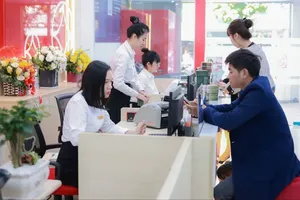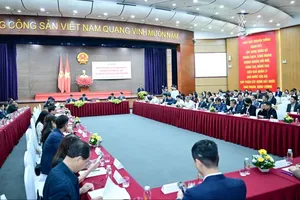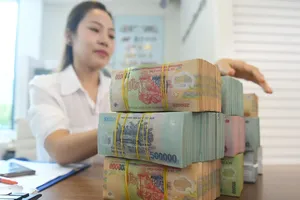Interest rates in the second half of this year will remain stable as inflation has been predicted at 3-3.5 per cent this year, said deputy governor of the State Bank of Viet Nam.
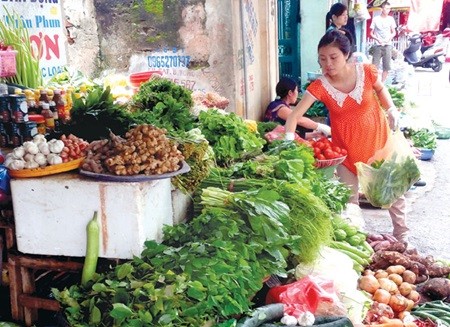
Addressing a press conference in Ha Noi yesterday to review the performance of the banking sector in the first half of the year and prepare for the second half, deputy governor Nguyen Thi Hong said that the interest rates of the whole banking system had remained stable and kept decreasing against the rates last December, although some banks had recently raised their deposit interest rates, causing concerns about a possible rise in lending rates in the coming months.
"Medium- and long-term [more than six months] deposit rates have relatively been stable, though some large-sized banks had recently lifted their short-term [under six months] deposit rates," she said, adding that the raise was unpopular.
Hong attributed the hike to the reason that large-sized banks had previously cut their short-term rates significantly and offered rates lower than that of other banks thanks to their abundant liquidity.
Therefore, their hike now made their rates only equal to that of other banks and not higher than the average rates of the whole banking system.
However, Hong said, the central bank would continue executing various policies to keep the rates stable as targeted earlier this year.
"The central bank will closely watch the market to take timely and suitable measures through open market operations, as well as support liquidity for credit institutions to meet the target," she pointed out.
At the conference, director of the SBV's Monetary and Policy Department Bui Quoc Dung reported that deposit interest rates in the first half of the year reduced by 0.2-0.5 per cent against that of December last year, mainly for terms of more than six months, thereby bringing the medium- and long-term lending interest rates down by 0.2-0.3 per cent to roughly 9-11 per cent per year.
Dung further said that by mid-June, credit rose 5.78 per cent against that of December last year and up 18.98 per cent year-on-year, the highest since 2012. Of this, the total outstanding loans to agricultural and rural areas surged 7.71 per cent, while the increasing rates for the exports of small and medium firms, supporting industries, and high-tech firms were 3.9 per cent, 1.88 per cent, and 24.02 per cent, respectively.
As concerns were raised that high credit rates to the real estate sector during the past months might cause a ‘bubble' in the property market as earlier, Hong said that the rise was not a jump. She reported that the credit to the real estate sector by the end of May rose 10.89 per cent and accounted for 8.3 per cent of the total outstanding loans, compared with 7.96 per cent of the same period last year.
Hong also said that the credit hike for the real estate sector during the past few months was positive as loans were mainly channelled to the construction and completion of works, which contributed to reducing the stockpile of the building materials sector.
However, Hong noted, the central bank would continue monitoring the credit flow to the real estate sector and take timely measures to control any possible risk.
At the conference, the central bank also affirmed that in the second half of this year, it would continue creating policies to maintain the devaluation of the Vietnamese dong against the US dollar by no more than 2 per cent for the whole year as targeted.

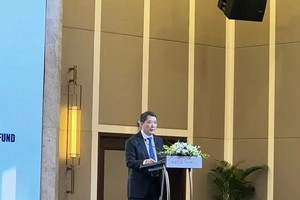




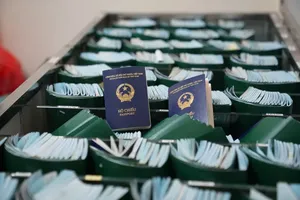
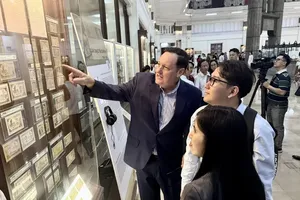


)

)


